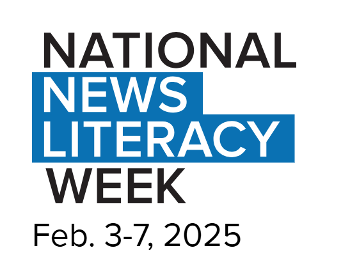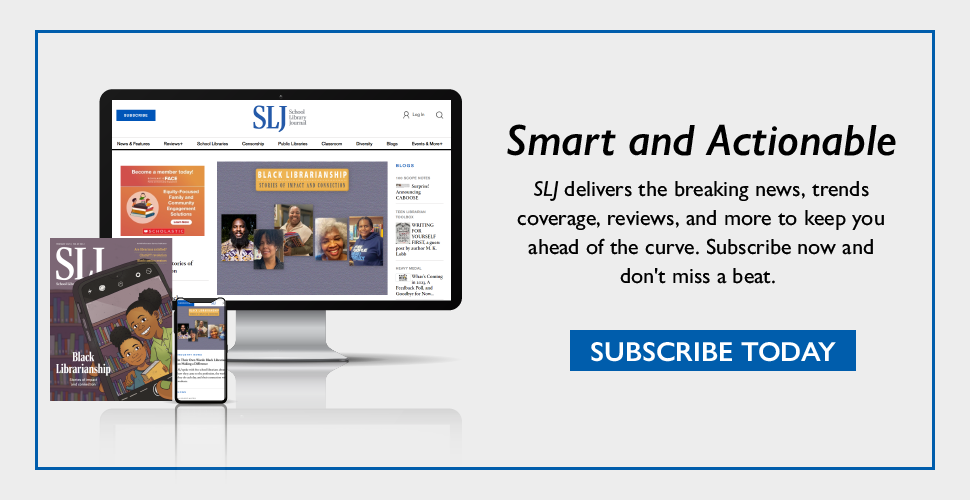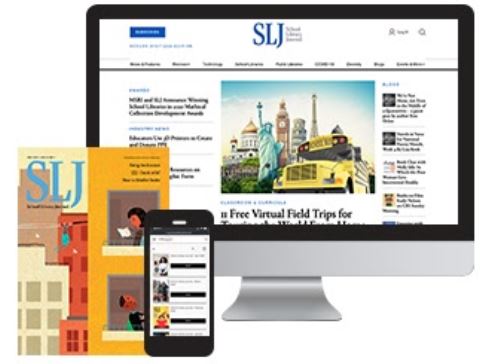News Literacy Week in an Emotionally Inflamed Environment
The News Literacy Project offers resources and advice to educators teaching news literacy at a time when the rhetoric around news and contentious issues has been ratcheted up to a new level.
It is the sixth annual National News Literacy Week, and while the dangers of mis- and disinformation have not changed, the environment in which they proliferate has.
 “The issues are still the same, but the intensity has increased,” says Pam Brunskill, senior director of education design at News Literacy Project (NLP). “The rhetoric has been ratcheted up. When that happens, our emotions get inflamed. When our emotions get inflamed, it can override our rational thinking. [That’s] when we need to take a step back and pause and evaluate the information: Who is it coming from? What do we think is the intended purpose? Is the source credible? Do they follow standards of ethics?”
“The issues are still the same, but the intensity has increased,” says Pam Brunskill, senior director of education design at News Literacy Project (NLP). “The rhetoric has been ratcheted up. When that happens, our emotions get inflamed. When our emotions get inflamed, it can override our rational thinking. [That’s] when we need to take a step back and pause and evaluate the information: Who is it coming from? What do we think is the intended purpose? Is the source credible? Do they follow standards of ethics?”
Lateral reading is key when trying to establish the validity of any piece of information and not sharing mis- or disinformation.
“When we talk about working with kids and how to evaluate information, the biggest piece of advice I give is to make sure you are seeking out information instead of letting the information find you,” says Brunskill.
No one is immune to being fooled by misinformation or AI-generated images—especially if it is shared by someone considered a reliable source. Educators must remind students to pay attention to how they feel when they read or see something.
“[We] need to be aware of our own emotions when we are engaging, both in person and online—especially on social media,” she says.
If something elicits a strong emotional response, it's time to stop and ask who is offering this information and why. NLP offers educators resources to teach students a framework for news literacy and the steps to confirm information. It also has RumorGuard, which shows recent social media posts that share misinformation, breaking down how to know it isn’t true and offering the five factors to determine if it’s false or misleading—source, evidence, authenticity, context, and reasoning.
According to a recent NLP Teen Survey, many teens have trouble understanding the source or purpose of what they see.
"Half of teens can identify a branded content article as an advertisement, 52 percent can identify an article with 'commentary' in the headline as an opinion, and 59 percent can recognize that Google search results under the label 'sponsored' indicate paid advertising," the report said.
But fewer than 2 in 10 teens (18 percent) correctly answered all three questions asking them to distinguish among the different types of information.
This News Literacy Week also comes at a particularly fraught time for information and resources. Thousands of government web pages from agencies such as the CDC and Census Bureau have been taken down with no word when or if they will return. Brunskill offered a measured response to the actions when talking about these missing information and resources. She believes it's concerning to lose credible information, but we need to keep a few things in mind.
“Every time a new administration comes in, there's a change in the White House website, and that involves taking things down, editing things,” she says. “Some of these pages that are lost will likely [or] could potentially be put back up. Even though there are a ton of pages that are down, experts have noted that these pages represent only a tiny sliver of the millions of pages in that government domain. So yes, we are losing some information, but it's a very small amount.”
If some or all of the pages do return, they will be scraped of some vital information, including information gender, rendering them incomplete at best. Anything considered “Diversity, Equity or Inclusion”—including women, BIPOC, and LGBTQIA+ people—is being removed by the Trump administration.
There are alternative options to government sites, though, including not only standards-based news organizations but, depending on the information sought, scientific journals, medical associations, or private institutes of research. For example, if a student questions a post about climate change and atmospheric CO2 levels, a Google search looking for the data will show the National Oceanic and Atmospheric Administration's (NOAA) global laboratory data pages. But as this story posted on February 5, those pages could not be accessed. Instead, however, readers can seek the information from the Scripps Institution of Oceanography at the University of California-San Diego.
One problem with this tactic is that lateral reading shouldn't be time-consuming research. The more effort it takes, the less likely people will be to confirm anything.
Brunskill also recommends The Wayback Machine as one way to access the information on pages that are no longer live. The Wayback Machine is an archive of screenshots of web pages at a particular point in time.
When it comes to confirming information, having a solid base of news literacy skills and knowing where to find quality sources is key. But, equally important, is being personally aware, says Brunskill.
“We get into trouble when we’re just mindlessly accepting and we're not critically thinking,” she says.
RELATED
The job outlook in 2030: Librarians will be in demand
The job outlook in 2030: Librarians will be in demand
ALREADY A SUBSCRIBER? LOG IN
We are currently offering this content for free. Sign up now to activate your personal profile, where you can save articles for future viewing






Add Comment :-
Be the first reader to comment.
Comment Policy:
Comment should not be empty !!!